|
Embarking on a career as an action actor or stunt performer is a thrilling step, a successful career is going to be filled with excitement, challenges, adrenaline-pumping moments and the opportunity to be part of bringing action scenes and sequences to life. However, as with any career, it's essential to consider the financial landscape before diving in. So, what can you expect to earn as a stuntman or stuntwoman? The answer varies a lot based on many factors, including your location, the type of stunt or action you're performing, and the specific project. Working as a freelancer / independent performer you are also a business, and there's also your costs to consider. Let's start to break it down.
Feeling stressed? Lots to manage. Big Decisions to make? Unsure where to start? Relax, we've got you.
As an actor or stunt performer, you are more than just a creative artist; you are also a business entity. The unique challenges you face - irregular work, extensive travel, financial uncertainty, managing your life, balancing many priorities - all necessitate a strategic approach to managing your career and personal life. This can be very challenging but there are powerful tools available to help you. One very useful framework that can help you to navigate the challenges you face is 'Maslow's Hierarchy of Needs'. This psychological theory, proposed by Abraham Maslow in 1943, can be instrumental in guiding your personal and professional development. Have a read and let Maslow help you find your path and ease your journey :) 5/24/2024
Unleashing Your Inner HeroIn the history of storytelling, few characters captivate us more than the hero... From ancient legends to modern movies, the hero archetype has stood the test of time, embodying a quality all aspire to possess.
But what if I told you that the hero isn’t just a figure on a screen or a page? What if the hero resides within you. Waiting. And that there is one in each of us, just waiting to be discovered, nurtured and unleashed? If you want to know where yours is, click the article and I'll tell you :) Ever wondered how to become a Stuntman or Stuntwoman? The answer is closer than you think. It's not just about learning how to do daring or risky things. It isn't about luck either. The answer is a journey of transformation.
Discover the disciplined path to mastering stunts, the commitment to continual learning, and the unwavering focus required to turn your dream into reality. Your first step begins here, with insights and guidance just one click away. Read this, and it will lead you to your dream, then all you need to do is take action to turn that dream into a reality ... So, we'll see you on set soon Following the success of our previous article on Colour Grading, we're diving deeper into the practical aspects of Color Correction, Balancing and Grading.
This article aims to guide you through the process of utilising Colour Correction to balancing all the footage in your sequence before and adding a final grade to your film, with a focus on how different colours can really affect your faint film and impact audiences emotionally. Imagine watching your favourite action-packed movie scene - let's say, its the car chase sequence in "Mad Max: Fury Road" - but you're watching it with the sound turned off. The roaring engines, screeching tires, and heart-pounding music are all missing. Suddenly, a scene like this loses its thrill, doesn't it? You don't engage in the same way, because you don't feel the action.
That is the power of Sound in action sequences. So often sound is overlooked, because we can't see it, but there is no doubting the truth that we really feel it! In this article, we'll explore the crucial role sound plays in stunt work and action film-making and how you can harness this invisible actor to really enhance the power of your scenes and sequences. In a previous article, we explored the role of macronutrients and fat-burning in Stunt Work and Acting. With so much advice orientated towards short and intense bursts of energy and performance we often see people deploy methods that are actually detrimental to maintaining the physical and mental performance that is required by Performers who need to sustain their energy on long sequences or long days on set.
To go deeper into this, today, we'll focus on two equally crucial aspects: hydration and micronutrients. Also we'll look at the role of ATP energy and Creatine in improving physical performance. Welcome to another ISA feature article. Today, we're diving deep into a topic that often takes a backseat in the adrenaline-filled realm of action and stunt filmmaking ... colour grading. If you wonder, "Why focus on that when there are high-octane explosions and heart-stopping stunts to choreograph?" The answer is simple: colour grading is an unsung hero of Film that amplifies the visual impact and sensory experience of those very elements, giving your audience an unforgettable cinematic experience instead of bland / realistic colour and tone.
When executed correctly, color grading can heighten the tension in a chase sequence, add depth to a dramatic standoff, or even enhance the raw energy of a fight scene. Just like a well-timed stunt or a meticulously choreographed action sequence, colours on screen play a crucial role in storytelling. Whether you're a filmmaker, editor, or anyone involved in the creative process, understanding the nuances of color grading is indispensable. In this comprehensive article, we'll demystify the art and science of colour grading. You'll learn about its significance and some iconic uses in film, and even get hands-on advice to start grading your own sequences. Step into the edit suite and let's begin... In the world of stunts and action acting, the physical demands are far from ordinary. Long, grueling days, high-impact activities, and the need for quick decision-making are par for the course. Traditional nutritional advice often leans toward carbohydrate-loading for quick energy, but is that the most effective strategy for the unique needs of stunt professionals? The answer may actually lie in promoting fat burning for sustained and stable energy. This article explores why fat burning could be the superior choice for those in the stunt industry
In the high-octane world of stunts, understanding the mechanics of the human body isn't just a necessity; it's an obsession. As a pioneer in our field, wholly devoted to the study and training of stunts, The International Stunt Academy is a leading source of research and development related to body dynamics, movement, and optimum performance. Our explorations often lead us down unexpected paths, unearthing fascinating insights about the extraordinary interconnections within our bodies.
One such discovery is the surprising link between foot posture, specifically pronation, and knee pain - an issue that transcends disciplines and affects athletes worldwide. In this article, we'll explore the intricate relationship between pronation and knee health, examining how footwear choices and functional training can play a pivotal role in both causing and preventing these issues. Knee pain, particularly prevalent in athletes and stunt professionals, is often traced back to an unlikely suspect - the feet... At The International Stunt Academy, we pride ourselves on incorporating cutting-edge knowledge and techniques in psychology and learning to ensure our students excel in their careers. One such model, which forms the foundation of our approach to skill development, is the "Four Stages of Competence." This highly effective and widely recognised model is rooted in the fields of psychology, education, and learning and development.
Have a read and discover how to supercharge your development and enable yourself to push to new levels of awareness, knowledge and capability. Welcome, intrepid students of The International Stunt Academy! As future stunt Performers and Stunt Actors, you are no strangers to risks, excitement, and pushing boundaries.
However, one of the most essential aspects of your training lies not in perfecting your acrobatics, parkour, or high-speed chases, but in embracing the power of failure. In this article, we'll explore why sometimes, "to become a great student, we have to go be a bad student, but in a good way." We'll discuss the importance of seeing failure as a stepping stone to success and how becoming comfortable with it can help you learn and grow in your craft. As an aspiring stunt performer or a professional seeking to improve your skills, it's crucial to recognize the importance of balancing physical prowess and acting abilities. By honing your acting skills alongside your physical training, you'll open up a world of opportunities and avoid potential pitfalls in the early stages of your career. In this article, we'll explore the reasons for embracing acting skills, explain the differences between dialogues and monologues, and provide you with examples to practice. Let's dive in and discover how to unlock your full potential as a stunt actor!
The International Stunt Academy is renowned for training individuals to excel in stunt acting and roles that demand exceptional mental and physical strength, agility, and endurance. A common issue that arises among trainees is reaching their physical peak before developing sufficient mental strength. This can lead to mental fatigue, reduced self-awareness, and ultimately, a higher risk of injury. This article delves into the science behind mental fatigue and offers real-world examples to demonstrate its impact. We also provide practical tips on increasing self-awareness and mental endurance to help aspiring stunt actors and others facing similar challenges.
Active listening is a critical skill for anyone pursuing a career in the high-pressure, high-risk world of stunt acting. It's especially important for those with neurodiverse backgrounds, as it can help enhance their communication skills and improve their overall performance. This guide aims to explain what active listening is, its importance in high-risk and high-pressure work, and provide self-help exercises to help you become an active listener.
In the high-stakes world of stunts and performance, it's not uncommon for aspiring athletes and actors to encounter mental roadblocks along the way. These challenges can stem from various factors, such as fatigue, pressure to adapt, or confronting uncomfortable truths. This article aims to provide a soothing and supportive guide to understanding the reasons behind these mental walls, unpacking the inner workings of our minds, and offering advice on how to overcome these barriers in a calm, adult, and professional manner.
Welcome to The International Stunt Academy's guide to saying something without speaking... Today, we're diving into the world of non-verbal communication and exploring how stunt actors can leverage body movement, mechanics, and non-verbal cues to create distinctive, authentic, and interesting characters in film and television roles, without relying on voice or dialogue. By mastering these techniques, stunt performers can elevate their craft, leaving a lasting impression on audiences and filmmakers alike.
Unleash your inner action hero with our in-depth guide on alpha and beta type behaviors, designed for aspiring action actors. Learn key traits, characteristics, and seven powerful vocal and behavioral cues to transform your performance and dominate the screen.
To portray realistic characters in action films, actors need to understand the differences between alpha and beta type behaviors. In this guide, we will explore the characteristics of both types and provide seven vocal and behavioural cues to help you embody an alpha character or role. Lets begin. Humour is an essential aspect of our daily lives, providing us with a way to connect with others, make light of difficult situations, and often, to mask our insecurities. While humour can be a valuable tool in various social settings, it may also hinder personal growth and obstruct learning experiences, particularly in acting classes. This article will explore why individuals use humour to cover up their insecurities, the impact it has on acting classes, and techniques to address this behaviour both in the moment and long-term.
Acting is a challenging and rewarding career that requires a deep connection with one's emotions and the ability to convey them through performance. However, actors often bump into inhibitions and barriers that can prevent them from fully immersing themselves in their characters. These barriers may stem from personal insecurities, fear of judgment, or a lack of experience in accessing intense emotions. In this self-help guide, we will explore some reasons why actors face these challenges, how to prepare to face them, and provide a list of exercises to help aspiring actors break free and find their own path to emotional freedom.
3/25/2023
The Impact of Weightlifting on Neck, Upper Back, and Shoulder Health: A Simplified ExplanationThe International Stunt Academy's mission goes beyond basic Stunt Training. We are also committed to studying the impacts of training and performance on mind and body, and researching and developing better methods to help performers and athletes condition and prepare their body for what can be physically challenging career.
As part of our comprehensive series on training and joint/spine health for stunt performers and athletes this article explores the common problem of neck, upper back, shoulder, and rotator cuff issues. These complications often arise from repetitive stress and imbalances caused by weightlifting and linear training. In this essential guide, we'll uncover the underlying causes of these problems, discuss typical symptoms and affected locations, and provide practical solutions for prevention and recovery. By integrating targeted exercises and optimizing training techniques, our expert advice aims to enhance overall spinal health and athletic performance for those in physically demanding professions. Stay ahead in your fitness journey by understanding how to maintain a strong, flexible, and healthy spine. Effective communication is crucial for personal and professional growth. However, many people struggle to speak up due to fear, lack of confidence, cultural or societal norms, or past negative experiences. In this feature, we'll explore the causes of difficulty speaking up and provide practical tips for improving your communication skills.
In the high-stakes world of stunt performing, pressure and challenges are part of the job. Anxiety can become an unwelcome companion for many stunt students, hindering their progress and success. This article aims to empower stunt students and professionals with essential knowledge about anxiety and equip them with practical techniques, including the transformative power of cognitive reframing, to manage anxiety and perform at their peak.
This article delves into the connection between flat feet and knee pain and offers practical solutions for addressing these problems through targeted exercises, orthotics, and selecting the right footwear. Moreover, we will explore the links from the ankle to the knee, knee to hip, lumbar region, and up to the shoulder and neck.
3/23/2023
High-Flying Communication SKillsHey there, future daredevils! Welcome to The International Stunt Academy's blog on better comms. We can help you learn to how to dazzle crowds with your high-flying feats. But even the most impressive stunts won't get you far if you can't communicate effectively. That's where this guide comes in. We'll provide you with some handy tips, examples, and lines to help you express yourself clearly, quickly, and confidently, and explain why this is an essential skill...
|
AuthorThis blog os co-authored by The ISA Team Archives
June 2024
Categories
All
|











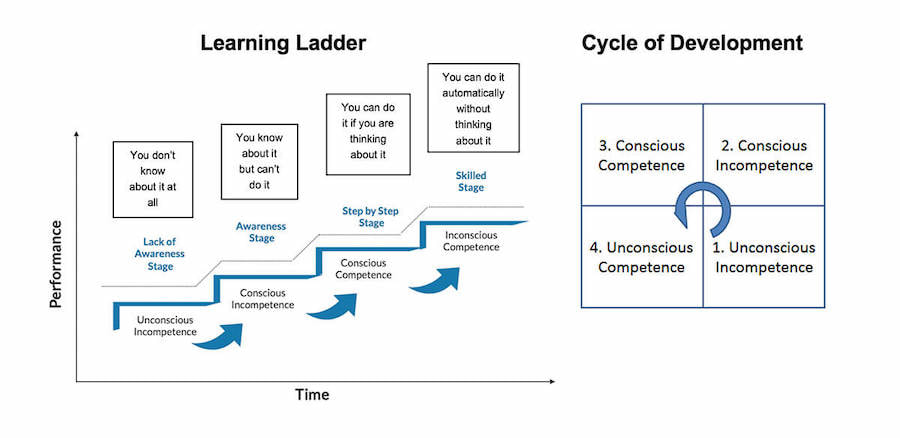


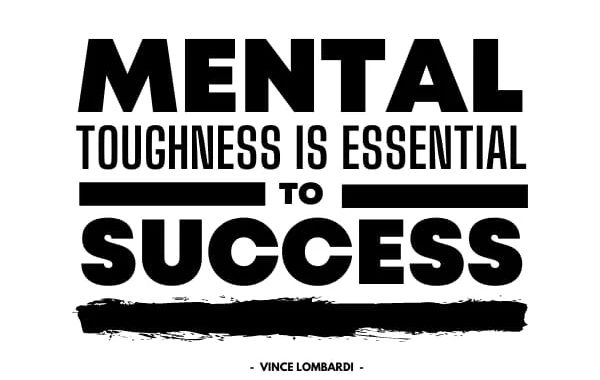
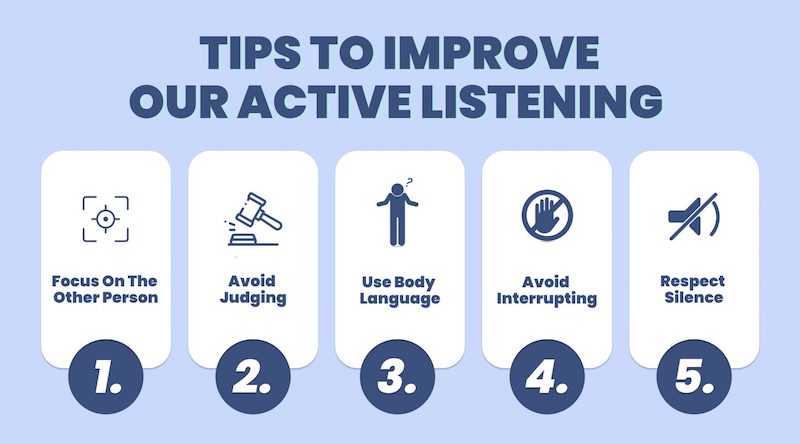





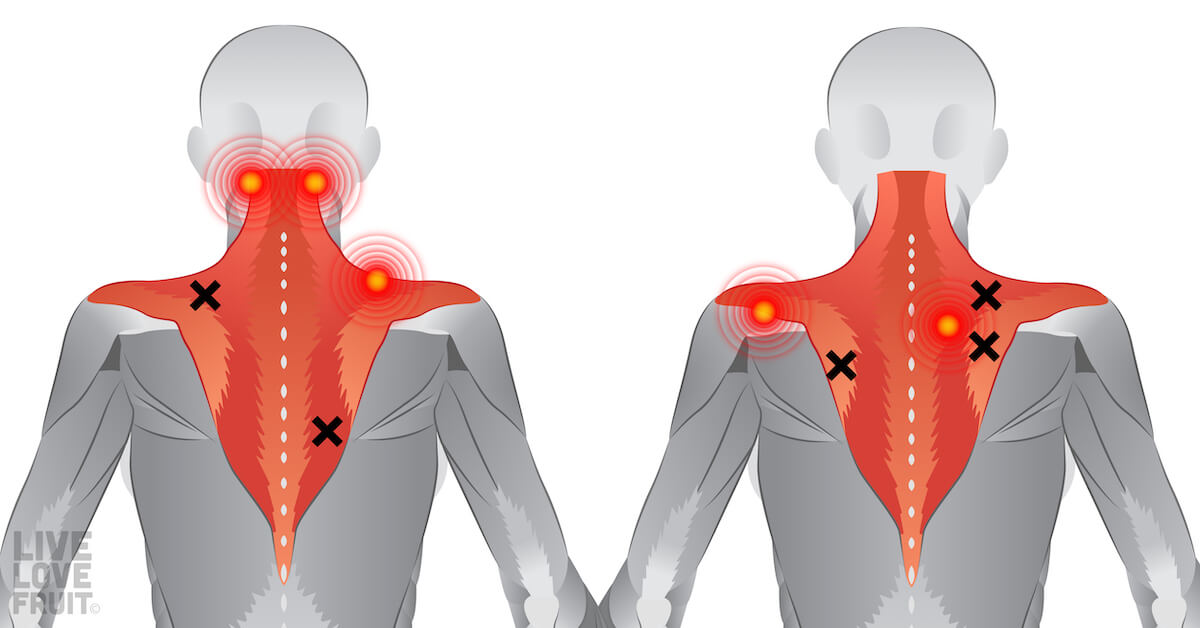


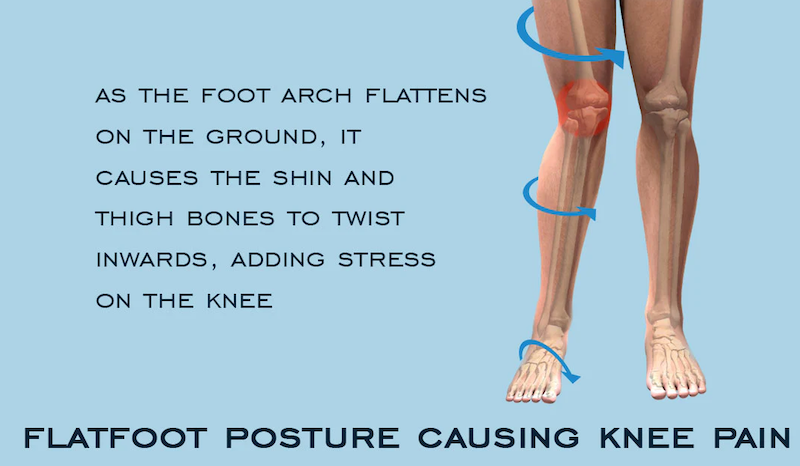
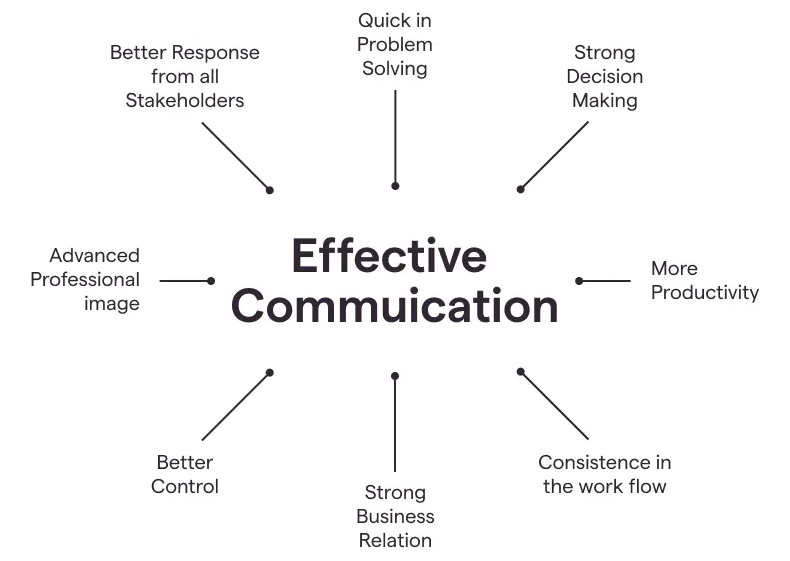
 RSS Feed
RSS Feed

6/4/2024